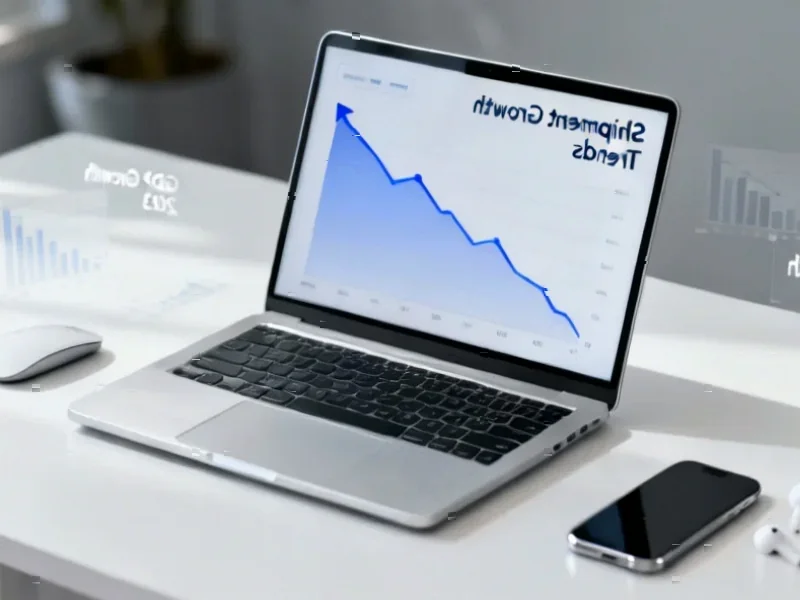According to Aviation Week, Lufthansa Technik reported a 15% decline in adjusted pre-tax profit to €130 million ($150 million) for the third quarter, with margins falling 2.4 percentage points to 6.7% despite strong underlying demand. The German MRO provider attributed the earnings pressure to “punitive tariffs” from the U.S. and a weaker dollar, while simultaneously reporting 28% year-on-year growth in third-party sales to €1.5 billion. The company highlighted its CFM Leap engine overhaul business as a key growth driver, having already inducted 100 units across 30 customer contracts, with Aviation Week’s forecast projecting the Leap MRO market to reach $3 billion by 2026 and $22 billion by 2035. Despite these headwinds, LHT secured significant contracts including a six-year component support deal with Cathay Pacific and a seven-year extension with easyJet, while increasing headcount by 4% year-on-year. This earnings report reveals deeper structural challenges facing the global MRO industry.
The Tariff Domino Effect
The U.S. tariffs mentioned by LHT represent more than just a temporary cost increase—they’re reshaping global MRO supply chains and competitive dynamics. As one of Europe’s largest MRO providers, LHT’s extensive U.S. customer base and cross-border part flows make it particularly vulnerable to these trade barriers. What’s concerning is the company’s statement about passing on costs “in the medium term,” suggesting current contracts were priced before these tariffs took effect, creating a margin squeeze that could last several quarters. This situation creates opportunities for U.S.-based MRO providers who face lower tariff exposure, potentially shifting market share in the highly competitive North American aviation maintenance market.
The CFM Leap Engine Battlefield
LHT’s focus on CFM Leap engine overhauls highlights the intensifying competition for next-generation engine maintenance contracts. With 100 units already inducted and more expected, LHT is positioning itself as a leader in this emerging $22 billion market by 2035. However, they’re not alone—competitors like GE Aerospace and Safran (the joint venture partners behind CFM International) are also expanding their MRO capabilities for these engines. The race to establish dominant market positions in Leap maintenance could determine which MRO providers capture the lion’s share of revenue as these engines mature and require more extensive maintenance cycles.
Structural Constraints Beyond Tariffs
The supply chain and workforce challenges LHT highlighted represent systemic issues affecting the entire industry. The “shortage of materials” and “delays in deliveries” from manufacturers create bottlenecks that no amount of demand can overcome. Meanwhile, the 4% headcount increase comes with significant training costs and productivity drags as new technicians require months to reach full efficiency. These constraints create a ceiling on how quickly MRO providers can capitalize on strong demand, potentially leading to aircraft on ground (AOG) situations and maintenance deferrals that could impact airline operations during peak travel seasons.
The Coming Pricing Power Shift
LHT’s situation suggests we’re approaching an inflection point where MRO providers will need to renegotiate contracts to reflect the new cost reality. The combination of tariffs, supply chain inflation, and rising labor costs creates a strong case for price increases across the industry. Airlines that secured favorable long-term contracts during the pandemic may face sticker shock when renewal time comes. This could particularly impact low-cost carriers like easyJet, which just extended their contract for seven years—the timing suggests they may have locked in favorable terms before the full impact of these cost pressures becomes apparent.
Potential Regional Reshuffling
The tariff environment may accelerate the trend toward regionalization in MRO services. With U.S.-Europe trade barriers increasing, we could see more investment in MRO facilities located within tariff-free zones or strategic locations that minimize cross-border part movements. This might benefit MRO providers in regions like the Middle East and Asia that can serve multiple markets without the same tariff exposure. The long-term implication could be a more fragmented global MRO landscape where providers focus on their home regions rather than competing globally.




